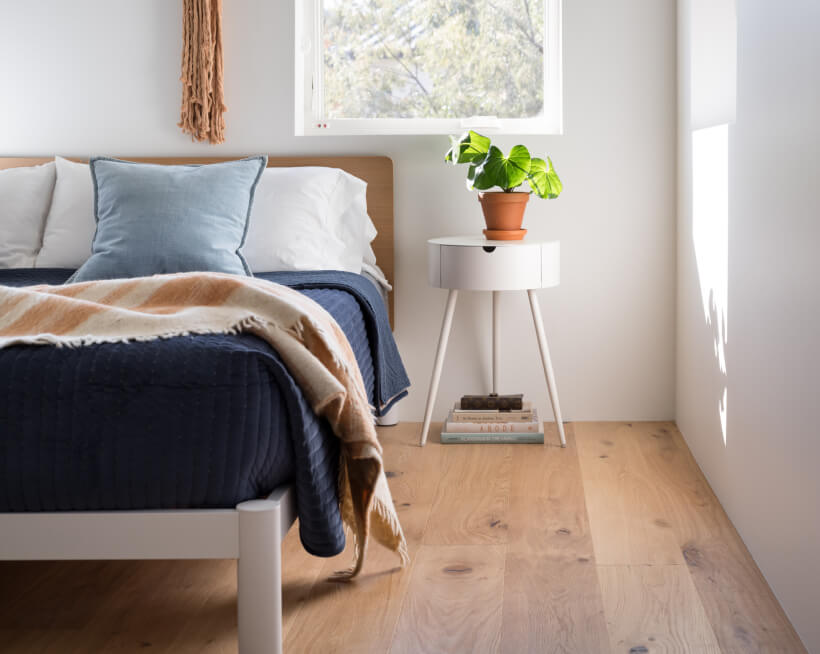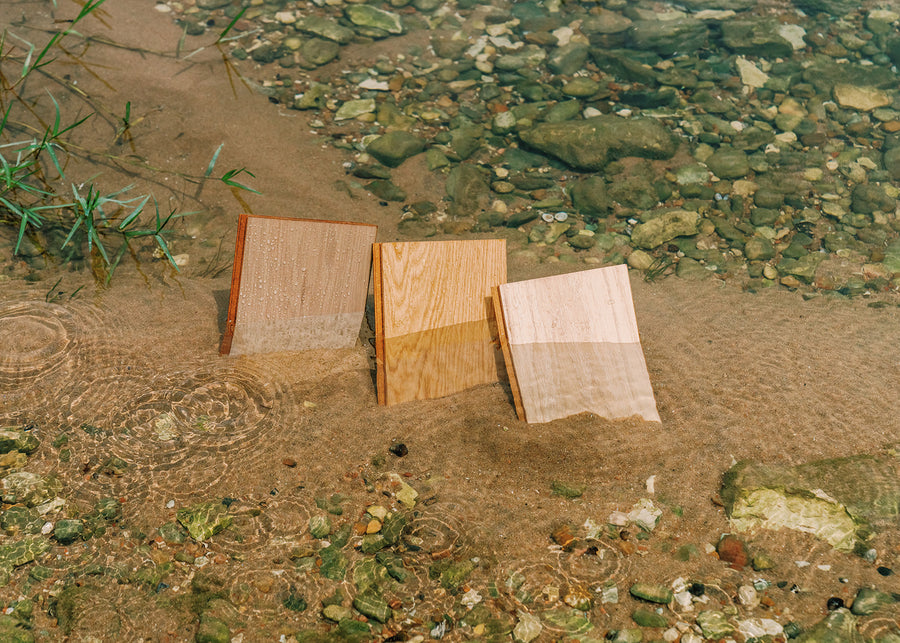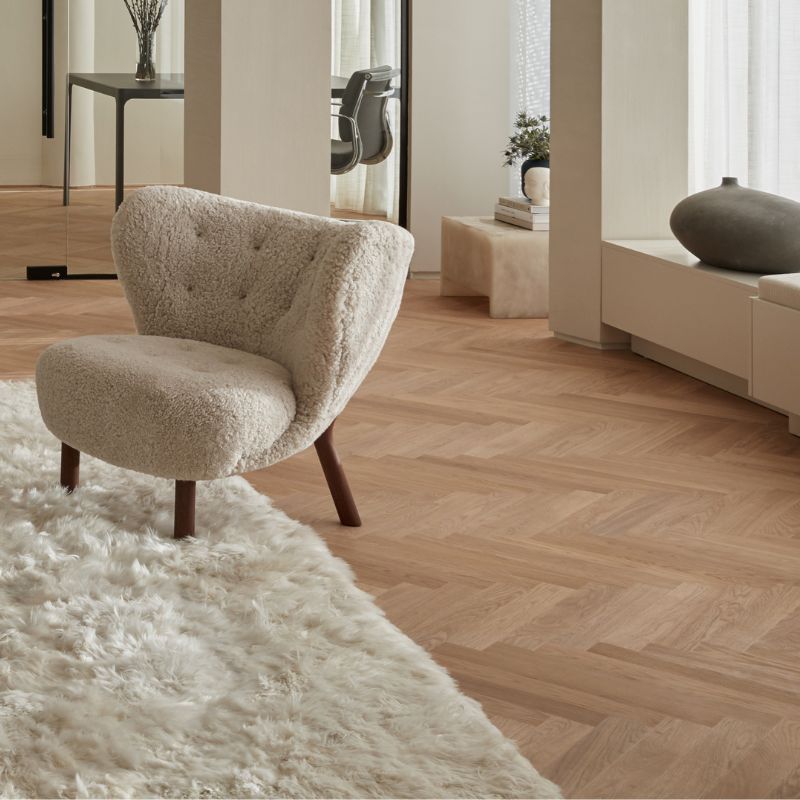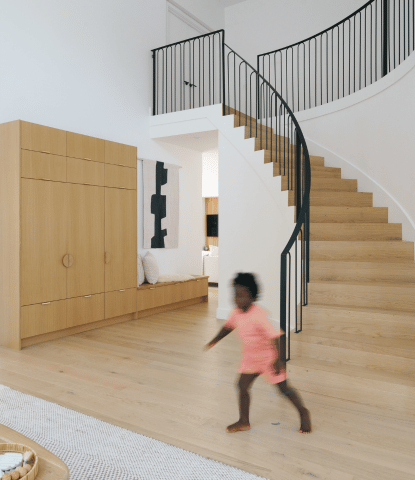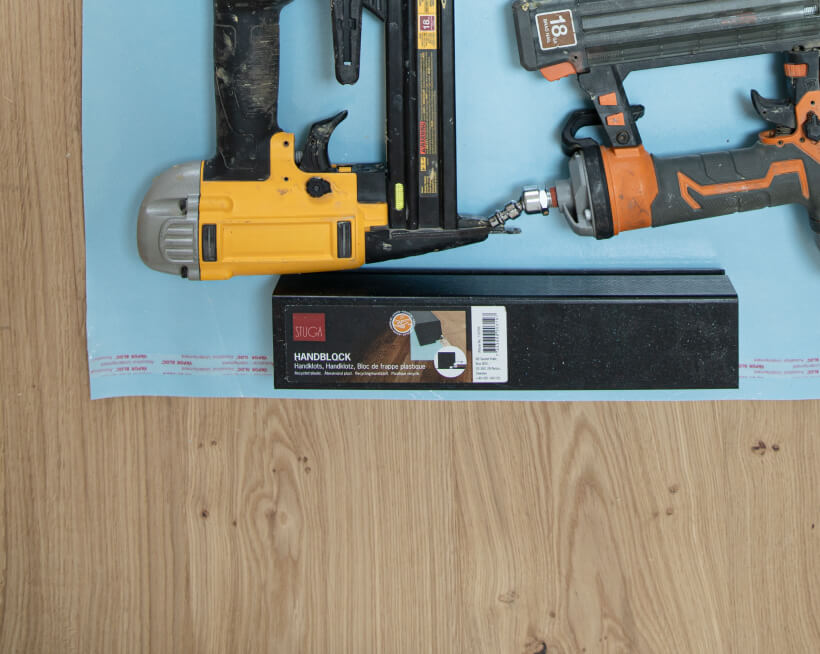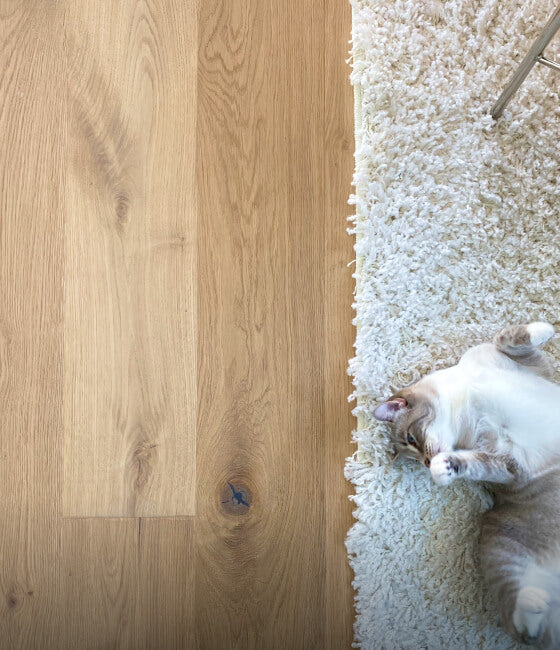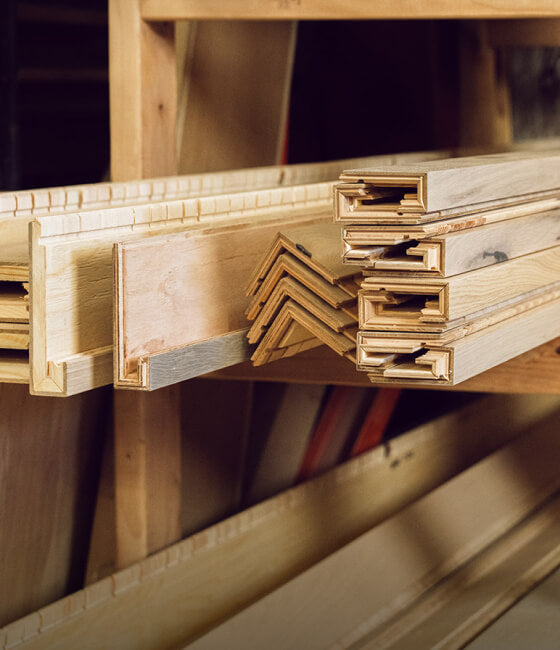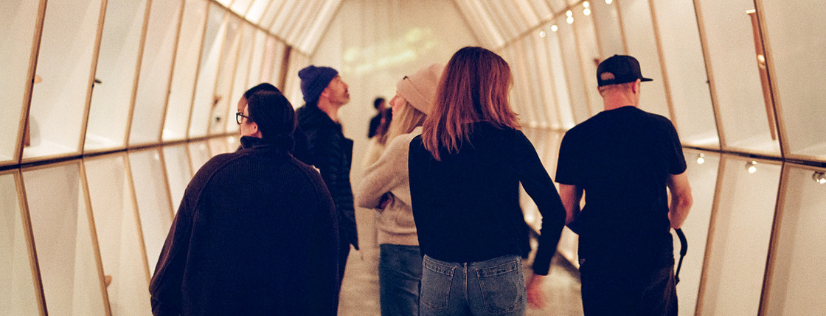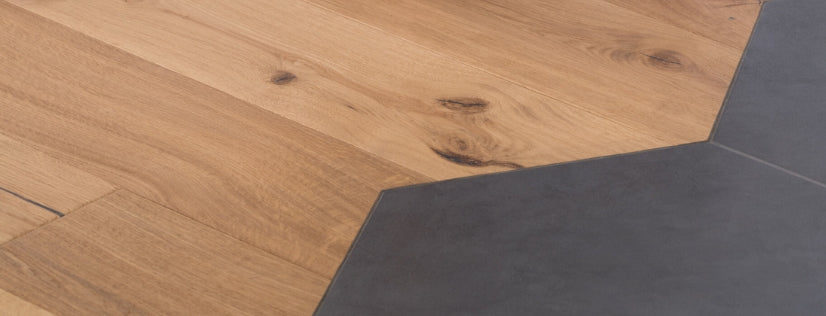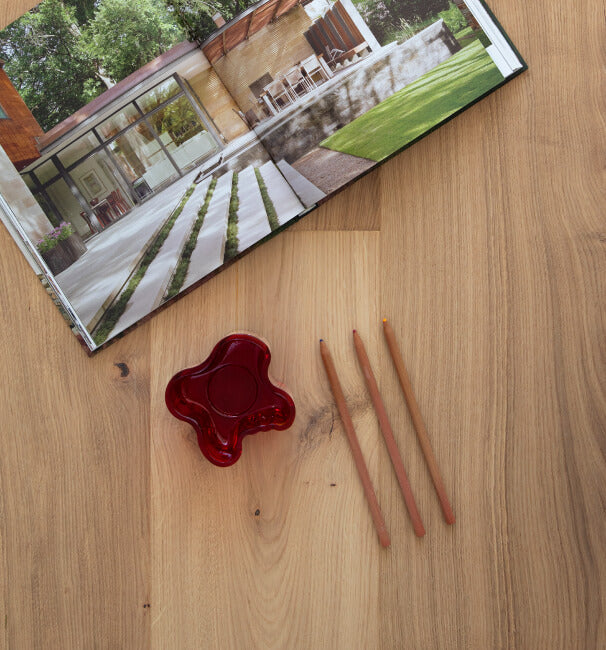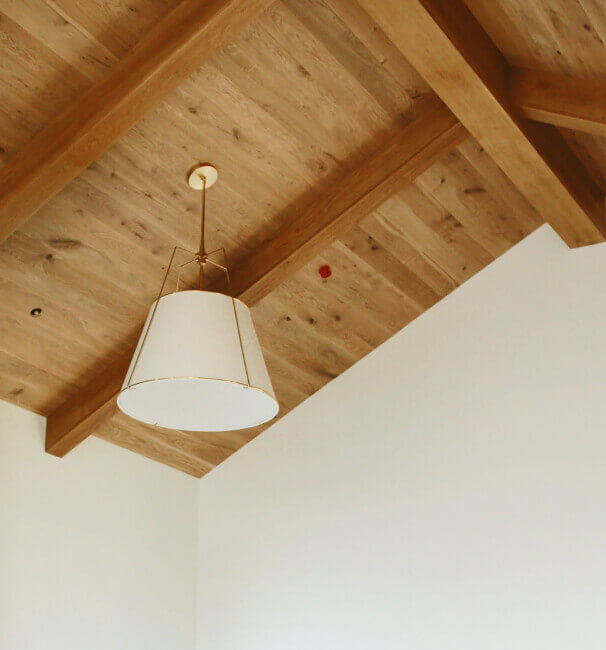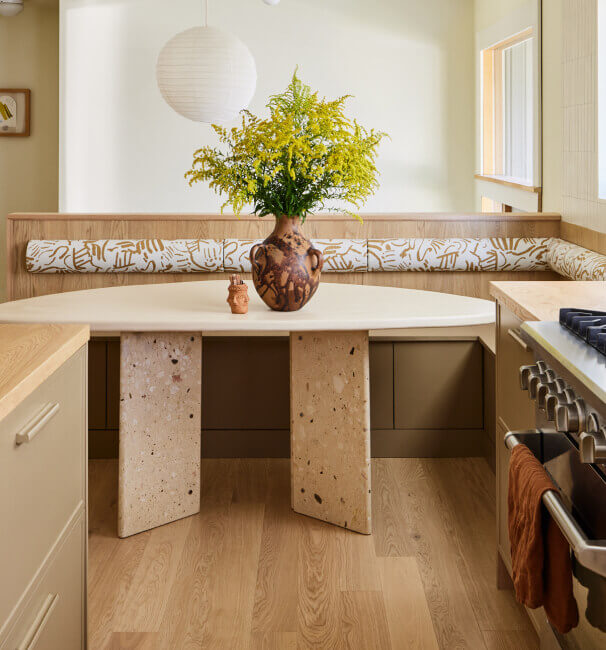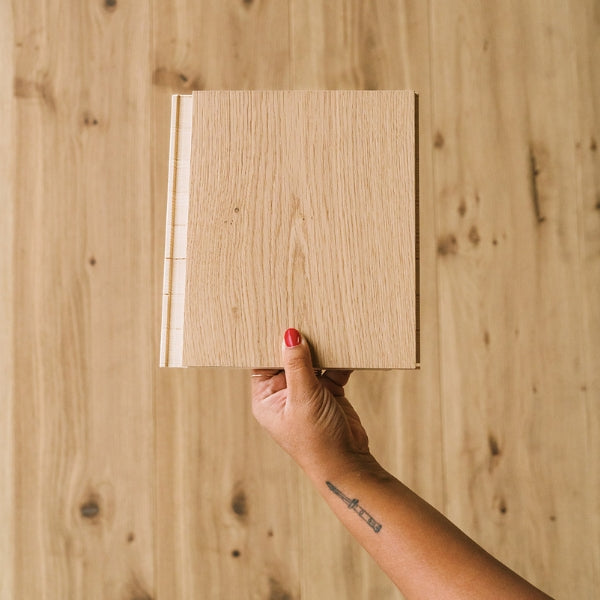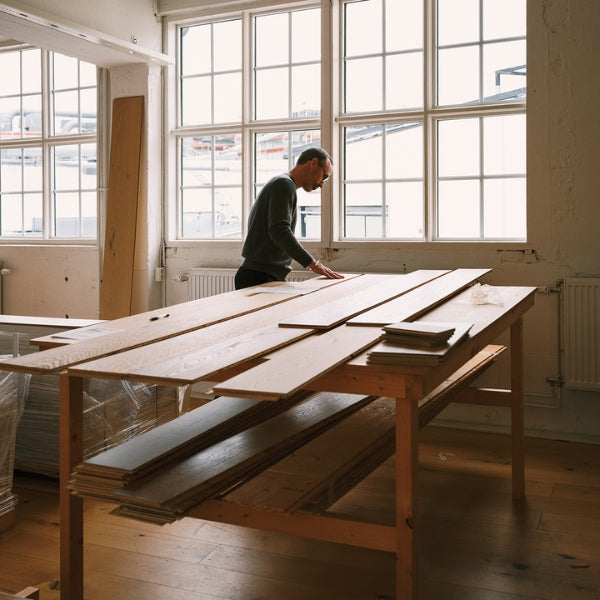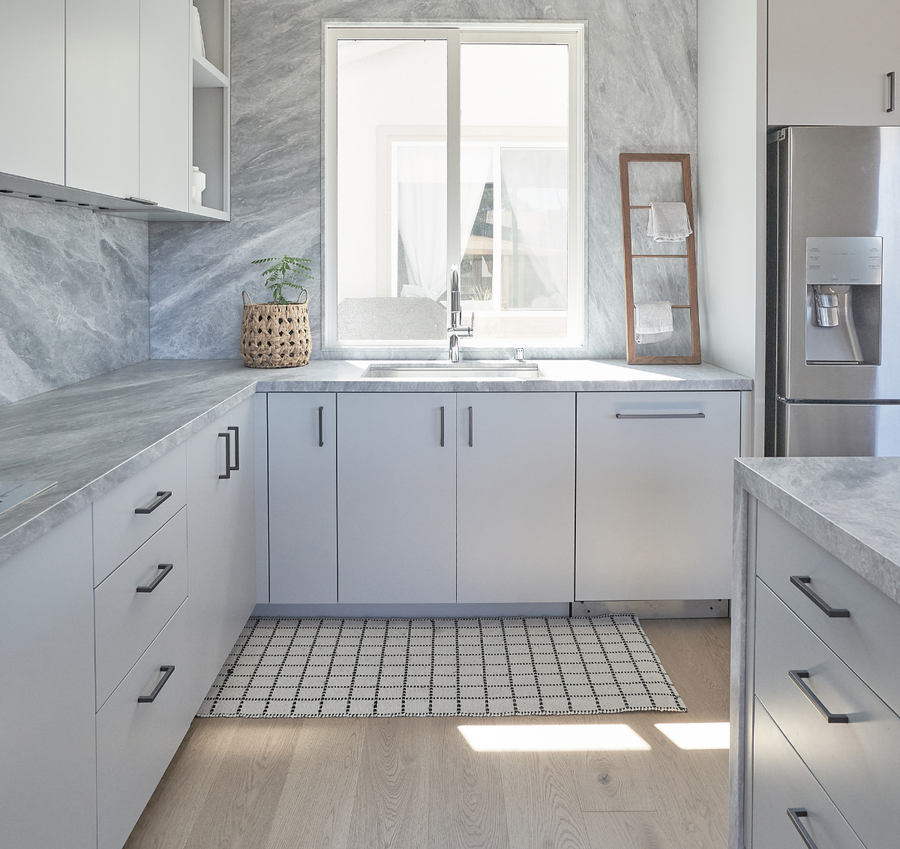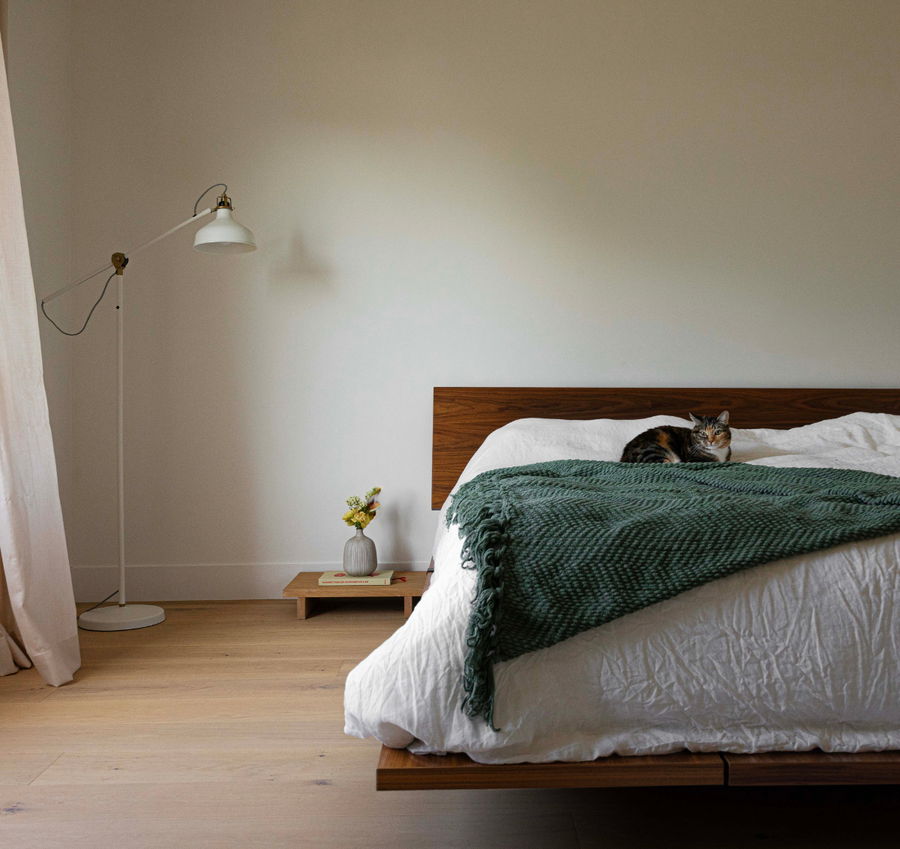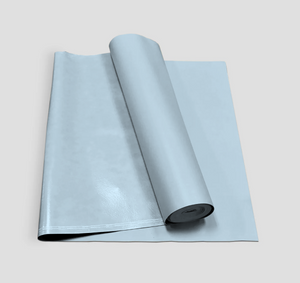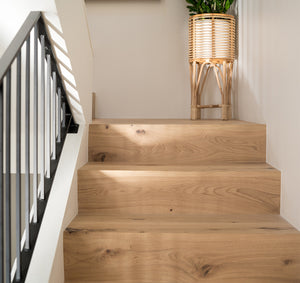May 11, 2022
When it Comes to Floors, Engineered is Not a Bad Word
by Mallory Recor
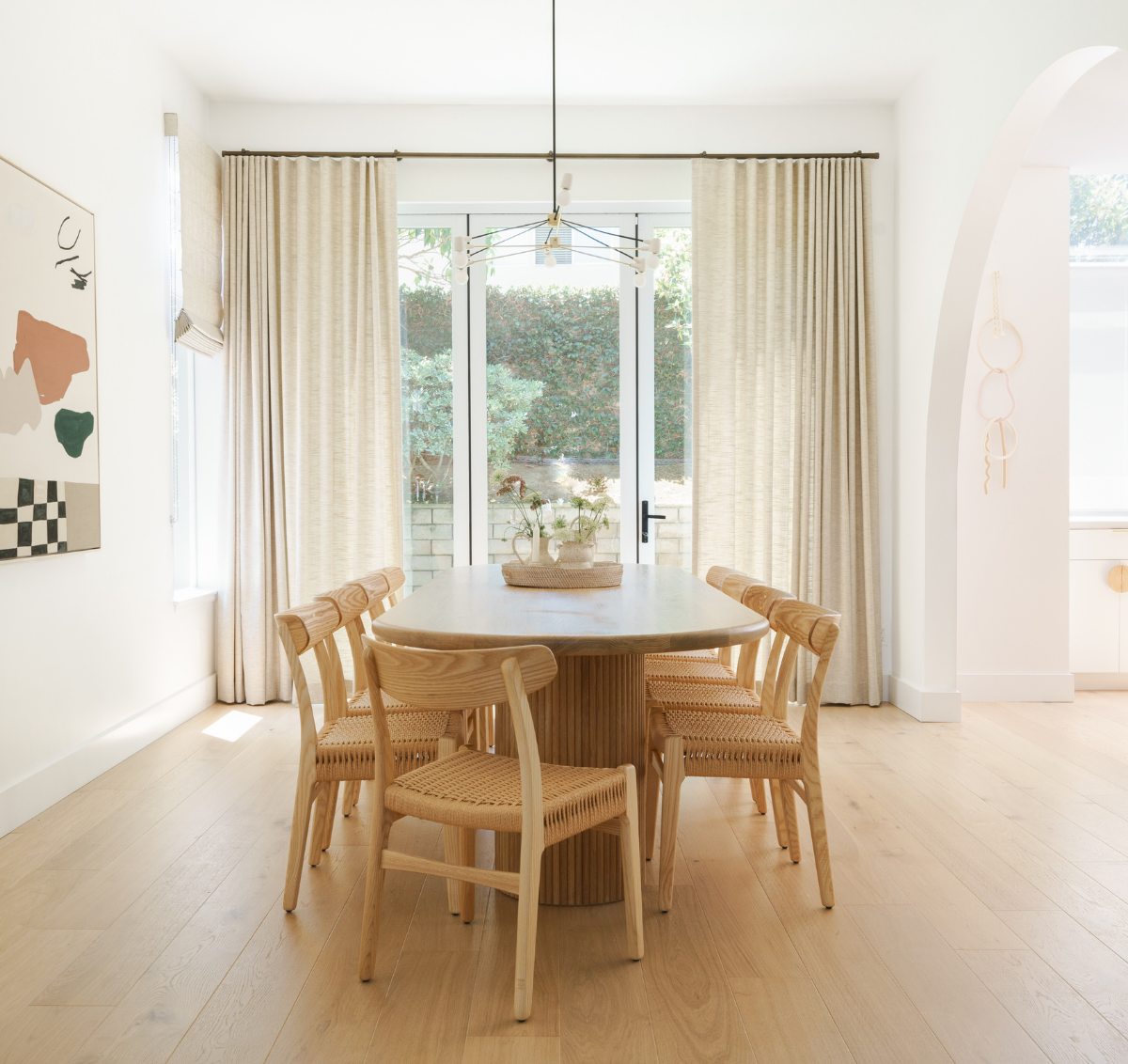
Unless you were very familiar with hardwood floors before you started your home project, chances are you’ve googled “What are engineered floors?” and came across many differing answers. All the beautiful floors we carry at Stuga are engineered hardwood floors and we’d like to clear something up: engineered is not a bad word.
Engineered floors have many sustainable qualities and can be just as fantastic as solid wood floors. But not all engineered floors are created equally. Because we are doing the work to ensure harmful toxins are not present in Stuga floors as well as utilizing fast growing hardwoods in the construction of our floors, we are able to promise that the engineered hardwood floors you buy from Stuga are the very best of the best. After all, they are the original engineered hardwood floors!
What is an “engineered hardwood floor?”
Let’s begin with an explanation of what an engineered hardwood floor is. Simply put, it is a layered floor. In an engineered hardwood you will find multiple layers of wood versus a solid hardwood board which is one plank of solid wood. The reasons to choose an engineered hardwood are plentiful: affordability, sustainability, stability, and so much more.
But why is engineered considered a bad word in some circles? Engineered hardwoods have been around for almost a century (with our floors being the originals!) and in that time many concessions have been made to make the floors cheaper and easier to make. Some engineered floors have so many layers, they can take on the properties of plywood, which means that, coupled with the toxic glues and chemicals used in their construction, they are not as healthy or as long lasting as solid woods.
Furthermore, many other engineered floors are extremely thin and cannot be refinished at all. This drastically reduces the longevity of the floor in addition to making it a liability when selling your home since the new owners can't alter it in any way other than replacing it. Our floors have perfected the engineered construction using no toxic chemicals or solvents and only three layers of wood (that can be sanded twice!) to be safe for your home and last a lifetime.
Engineered hardwood floors are more sustainable.
The wood for our floors is sourced from some of the world’s most thriving forests. But what does that mean? In Sweden, where many of our floors originate, the national forests are a protected, well-admired national resource. There are strict laws and guidelines about how to use the trees in order to not only protect the forests, but to help them grow and thrive. The waste products from the production of our floors are used to heat the community around the factory, as well as fertilize the same forests that produce the material we use.
The construction of a Stuga floor itself is sustainable. Every floor is made up of three layers: European white oak, pine, and spruce. The white oak is the top layer that you will walk on, feel, and love for a lifetime. It’s full of beautiful character while being a strong hardwood to provide a great foundation for your home. Oak is a slow growth tree, however, so there was a need to limit the amount of that particular resource used in Scandi floors. Alternatingly stacked under the top layer are pine and spruce. Both trees are fast growers, meaning it is a lot easier and safer to farm this timber more frequently.
Because we are able to use two faster growing hardwoods to provide the base to the slower growth white oak, we are able to protect the forests the trees come from. Our suppliers developed methods to utilize many parts of the forest in constructing wood doors in the early 20th century and when they used those forest-saving methods to create engineered hardwood floors, the grandparents to the Stuga floors were born.
Engineered hardwood floors last a lifetime.
Your Stuga floors will last a lifetime. Engineered floors have less overall movement, meaning less swelling and contracting with the seasons, than a solid wood floor. This is due in large to the construction of the floors but also to our fantastic locking systems. The construction of our engineered floors is more stable than a solid wood floor because each layer runs perpendicular to each other, ensuring stability.
Another bonus to using the slow growth, soft pine and spruce trees is the mitigation of moisture damage. Solid woods can swell and warp with moisture exposure, but pine and spruce will absorb some moisture, protecting the oak above from moisture damage which causes swelling and separation. We also always recommend using an underlayment to further mitigate the risk of moisture damage form below the floor, the number one cause of damage to all hardwood floors.
The history of the engineered hardwood floor is pretty cool.
As mentioned above, the original conception of engineered hardwood floors was a direct result of the Swedes utilizing scrap pieces of wood to create solid, well built wood doors. This was out of a necessity to protect Sweden’s forests and in the 1940s the engineered hardwood floor was born. Since then, engineered floors have been perfected by Stuga’s partner in Sweden, eliminating the use of all solvents in 1984 long before it was considered “green” and adding state of the art locking systems in the early 2000s. The engineered floors you are putting in your home today will last for a lifetime because they’ve been around for a lifetime, getting healthier and stronger over decades of development.
